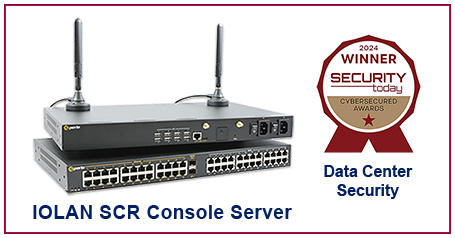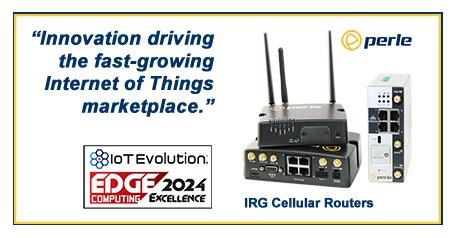
Major smart grid project headed to San Antonio
By Max BurkhalterMarch 29, 2013
"Because we're all using that standardized [IPv6] platform, we can work with other types of technologies to incorporate them as new technologies become available," Lewis told the news source. "This is such a rapidly changing and growing field that as new things become available, as long as they're formatted and fit this platform, we should be able to plug them in."
Considering the role of IPv6 in smart grid setups
As a protocol, IPv6 offers much more than relief from IPv4's dwindling address space. The extremely large number of addresses in IPv6 can pay major dividends in smart grid setups because the grid depends heavily on connected devices spread throughout the entire ecosystem. At the same time, IPv6 has the theoretical potential to be much more secure than IPv4. These factors combine to make IPv6 network systems a key tool for utility providers establishing smart grid setups. However, using IPv6 effectively also depends on having terminal servers and similar solutions that can handle the network format. Terminal server infrastructure is key to enabling interoperability within the network and an IPv6-enabled device is necessary if the network uses the emerging protocol.
Perle offers a range of cost effective serial-to-Ethernet converters to help meet NERC-CIP compliance for the protection of critical cyberassets in substations. The IOLAN SDS HV/LDC Terminal Server is designed to meet harsh environments associated with Power Substations with attributes such as support for substation AC and DC voltage ranges, extended operating temperatures and meeting emission, immunity and safety approvals associated with substation IT equipment.



